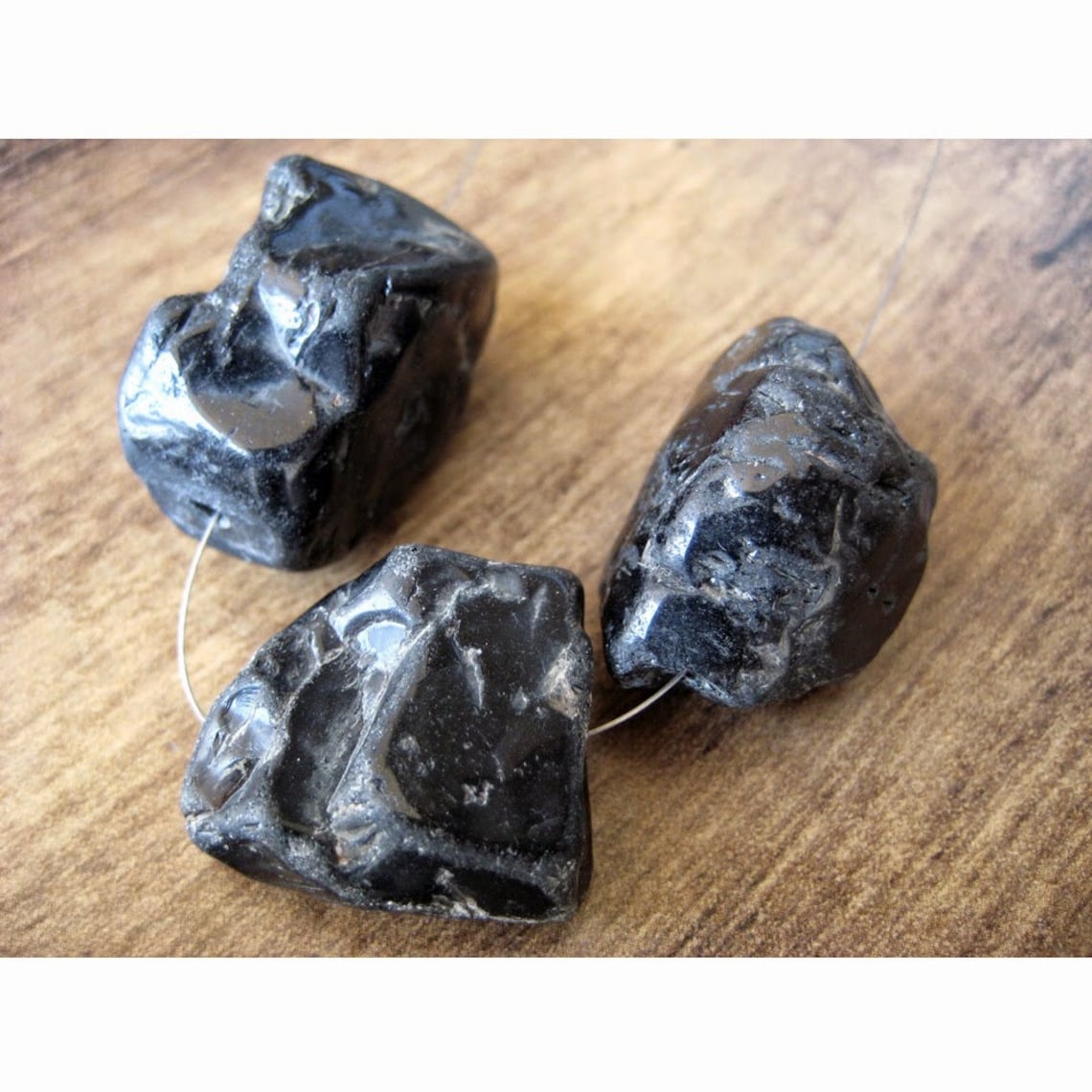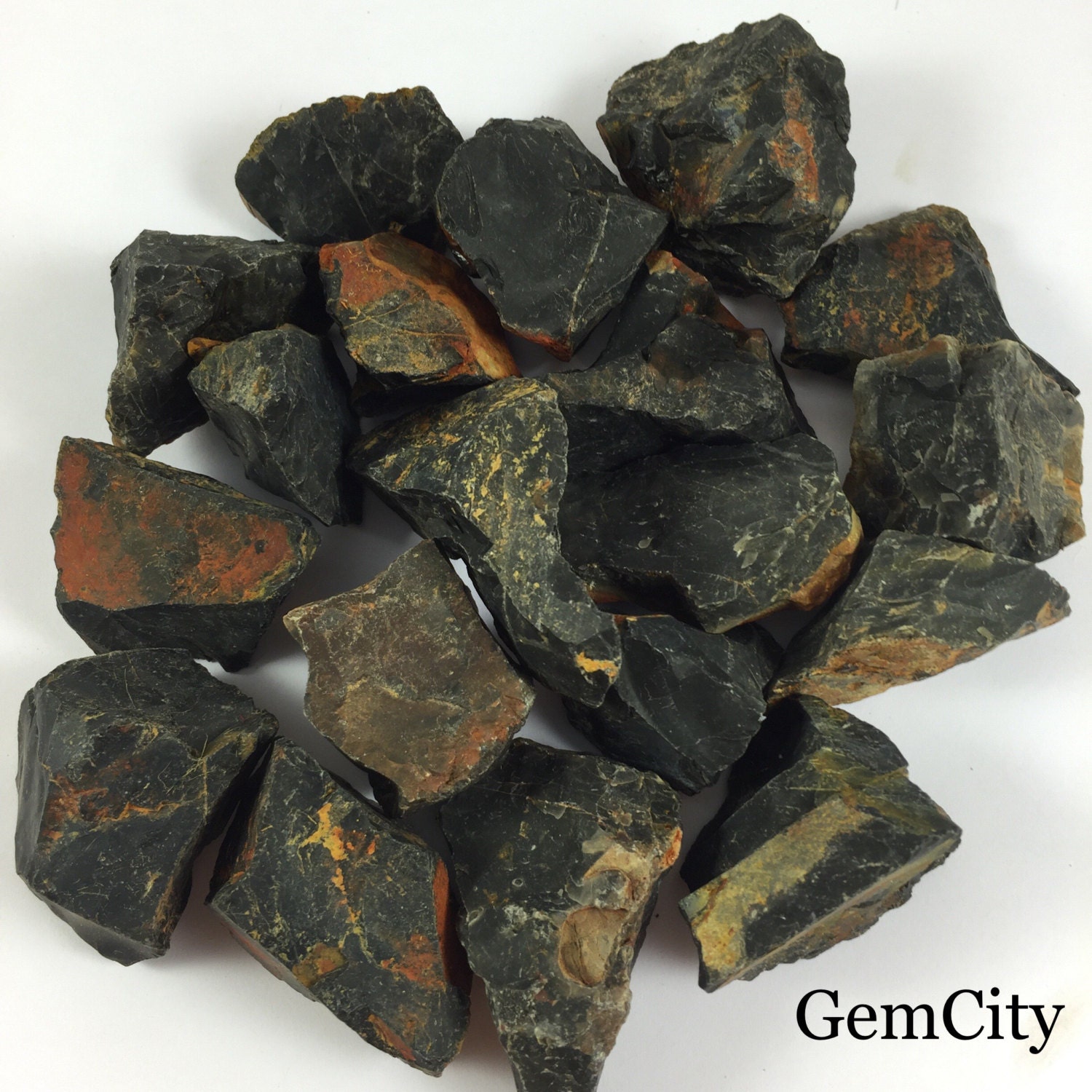

Few of us can pass it by without pausing to admire the patterns and plays of light. This stone will tug at your heartstrings. Any application that takes advantage of this quality is sure to make a beautiful statement.Įven though onyx can’t be used everywhere, its appeal is universal. One of the most extraordinary qualities of onyx is its ability to radiate light. It can be formed into basins, lighting fixtures, or tabletops.

Onyx is also used as a backsplash, vanity, or as accent tiles. High-end restaurants and resorts employ onyx bar tops to bring brilliance into a space, an effect that is made even more spectacular when the stone is backlit. Onyx countertops are best suited to parts of a kitchen that don’t see much heavy use. It can become scratched and etched if used in a busy kitchen. Photo courtesy of Marco Farsetti, Quema S.r.l., Italy.Īs you may have guessed, onyx is a somewhat fragile stone. While the most common onyx is a warm honey color, other colors can be found. Aside from that, the two stones are similar. The main difference between travertine and onyx is that travertine has a porous, lace-like texture while onyx is smooth and non-porous. Travertine is formed in the same manner as onyx. All it takes is the happenstance to discover the underground cache. Basically, beautiful formations of crystals can be created anywhere that mineral-laden groundwater flows. Veins of banded calcite can be found in fractured limestone, or even in volcanic rocks. Onyx can also form inside caves or in other openings in bedrock. Slabs of onyx are made by slicing down into the layers, revealing thousands of years of deposits.

The flowing layers of onyx reflect subtle variations in the spring water, and add an artistic quality to the patterns and bands. The most common color of onyx is a warm honey color, which is caused by iron oxide. In its most pure state calcite is white or clear, but it’s easily tinted by minor amounts of other minerals. The variations between the layers are caused by differences in the water flow rate and small amounts of impurities. Over time, more water flows by and more minerals settle out. When this water emerges at the mouth of a spring, the minerals precipitate out and build a crust of calcite crystals. Onyx forms from spring water or groundwater that has an abundance of calcite dissolved in it. While granite, quartzite, and marble are all forged deep within the earth’s crust, onyx is born right on the surface. A close-up of an onyx slab, revealing the intricate crystals of calcite and iron-rich color banding.


 0 kommentar(er)
0 kommentar(er)
